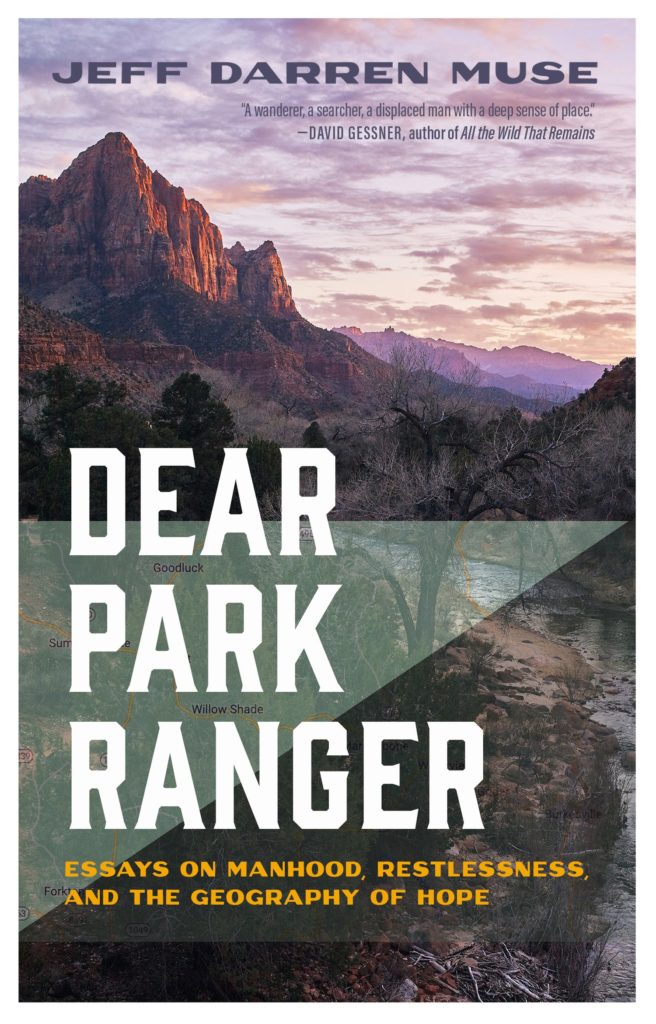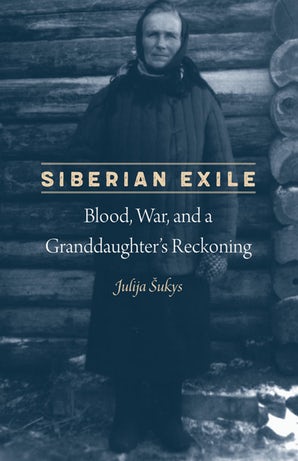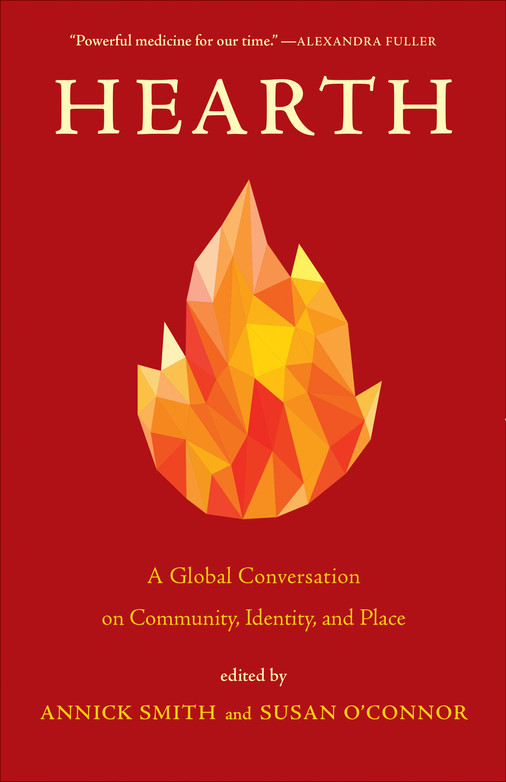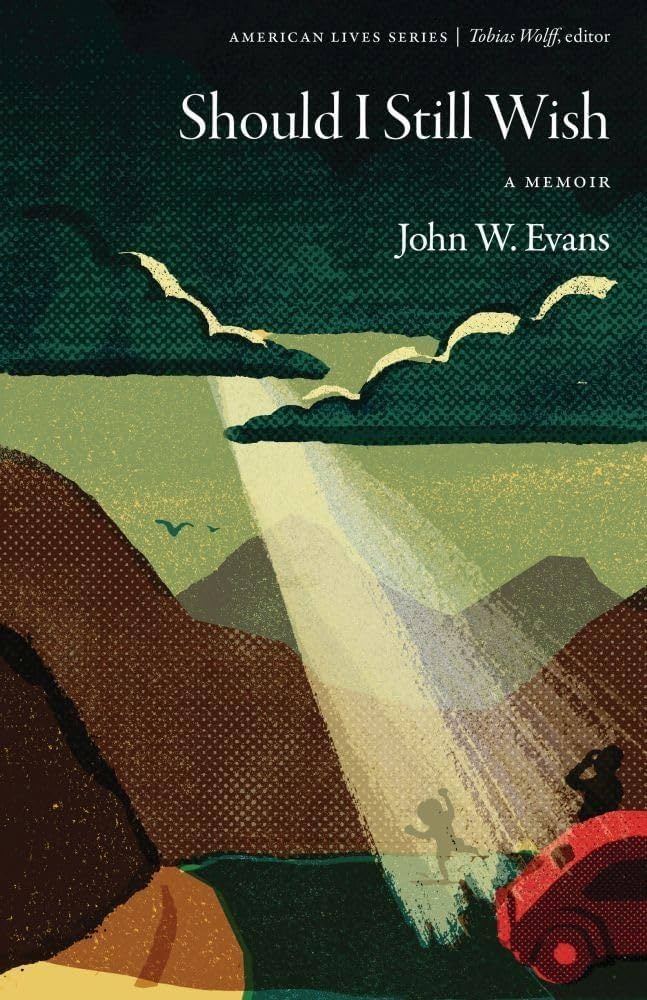By Margot Kahn
on Light in the Trees by Gail Folkins (Texas Tech University Press)
Gail Folkins’ collection of essays was just the impetus I needed to unearth our family’s old camping equipment and plan a trip into the mountains. We hadn’t gone backpacking since before our son was born, and as I sifted through stuff sacks, headlamps, and cookware, neglected parts of myself reawakened: my fingers felt suddenly deft remembering how to tie complicated knots, and my lungs expanded at the thought of the peaty-smelling forest floor. As I slipped this slim book into a Ziploc and tucked it into my pack, I had little trouble justifying its weight.
A fourth-generation Washingtonian, Gail Folkins is a rare breed: The great-great granddaughter of a man who moved to Washington State in 1883, and the great-granddaughter of a logger, she grew up on Squak Mountain in the township of Issaquah, less than an hour from downtown Seattle. Today, those hillsides are blanketed with townhouses, techies and urban escapees, but when she was a girl the place was a wild forest. Light in the Trees is her meditation on the geography of family and our relationship to wilderness, and her roots in the region provide a unique perspective on what it means to live in this shifting landscape.
Folkins’ essays hit on all the typical topics of the Pacific Northwest: Bigfoot, earthquakes, volcanic eruptions, forest fires, salmon, employment at Boeing (her dad’s boss) and Microsoft (her own). Her personal and geographic storylines meld together in each piece, twisting a relatively mundane life story—moving, falling in love, breaking up, working, falling in love again—together with this old-growth region. As her family structure shifts, like the tectonic plates beneath her feet, she moves away from the Pacific Northwest, has adventures, and eventually returns more appreciative of her home. The classic coming-of-age structure is overlaid with environmental science in a way that anyone who’s grown up here or moved here for the right reasons would recognize as inextricable: life and land here go hand in hand. I’ll call it an eco-bildungsroman.
Squak Mountain, for Folkins, is a touchstone for many of her explorations. In “Bigfoot in the Backyard,” Folkins hikes up the mountain with her mother only to hear a crashing in the trees that sends them racing back home. Interspersed with this story are details of serial killer Ted Bundy’s story and the eleven Washington women he murdered in the early 1970s. Here, Folkins’ wilderness alternates between a place of refuge and a place of danger.
Similarly spooky, in “Visits from Black Bear,” Folkins remembers her deceased mother when her mother’s cat disappears. Mountain lions, scavenging within the city limits—“passing through boundaries we’d constructed”—are a prime suspect. Folkins says that the cat and her mother equally loved “the forested yard, the sanctuary they’d both found in this corridor of in-betweens.” The questions she poses are not new, but still deserve our attention: Where is the line between wild and domestic? How much do we need nature and how much does it need us?
In “Last Light on North Beach,” an impromptu drive to the coast dovetails with her childhood memories at the beach of failed relationships, coastal erosion, and Kurt Cobain. Disappointment, dissolution, memory, and landscape wash together:
Walking on the shore with my parents, aunt, and uncle in those last bits of light, it was easy to fall into old ways and search for perfect shells, unblemished remembrances. Yellow kelp curled into whips on the wet shore, ridged dunes shapeless as memory. Though the water and sand felt the same, the towns and shorelines near them were changing, shifting all along.
The nostalgia for a place and its memories makes Folkins’ essay universal while the specificity of her geographical focus suggests her voice is unique in Western literature.
In “After the Volcano,” Folkins recounts the story of Harry Truman, the eighty-three-year-old lodge manager on Mt. St. Helens who refused to leave despite geologists’ warnings that the mountain would blow. Truman, who became a mascot of the mountain for local and national media, died in the blast. For Folkins, in 1980, “(t)he ash fall of this altered landscape danced around me, skirting a high school life filled with student newspaper deadlines and horses, a blanket I never felt.” Two years later, she is compelled to visit the mountain with her father, and the sight of it leaves an indelible impression. “I felt closer to what had happened,” she writes,
…no longer a bystander taking quick glances from the safer boundaries of my own world. Just as I was becoming more aware of events around me, the mountain too was changing. Geologists predicted vegetation and animal life would one day cover the mountain. Playing devil’s advocate, they cautioned in the same breath the mountain would erupt again no matter how quiet it might appear, geology as restless as the West. . . . From our drive on the interstate, Mount St. Helens disappeared from sight yet still followed me home. After the volcano, things beyond the immediate mattered, and being part of a place meant more than just living there.
Which is, in essence, the point of her meditation. Which is to say, being a part of a place means bearing witness to it then and now.
Light in the Trees is Folkins’ second book, after Texas Dance Halls: A Two-Step Circuit. Both books have been part of Texas Tech University Press’s Voice in the American West series. Here, Folkins’ voice is at once universal and precise. Having worked as a journalist, she has a solid handle on time: in lesser-skilled hands, the shifts she makes between history, landscape, and personal story would have shown their seams. Still, some pieces work better than others. In “Three Stages of Sustenance,” the narrator links her experience transferring colleges to the stages of sustainable and efficient farming practices and, though it is delicately maneuvered, the result feels like an awkward stretch.
With this book along for the ride, my family and I lit out for Baker Lake, created by the 1959 damming of the Baker River, where the Washington Trails Association promises old-growth forests and “a remarkable wilderness experience for hikers of all ages.” We hiked past stumps of ancient cedar trees, the last survivors of the 1843 eruption of Mt. Baker and the forest fire that followed. Only a handful of people were on the trail, but out on the lake, party boats cruised over the cool water blasting Rihanna and Eminem. They docked later in the day at our little campground and set up a full bar atop the boxes meant for securing food from scavenging critters, creating a nightclub scene in our vestige of wilderness.
I couldn’t help but think what Folkins would have to say about this, had she been with me. On the one hand, the party-people next door struck me as savagely disrespectful—to the magnificence of the wilderness and to all of us here for a peaceful night in the trees. On the other hand, they had just as much right to be there as we did, their children swimming in the lake and toasting marshmallows with a view of the snow-capped mountain reflected in the water at their feet. And after all, wasn’t it better that they were out than in? That their children will grow up with the memory of waking at dawn, tucked side by side in dewy nylon, to still water and birdsong?
The eco-part of Folkins’ eco-bildungsroman is a reminder that how we live on this fragile land will determine what this region will be like generations from now, and that the best chance we have of taking care of this landscape is by using it—carefully, and with intention, but using it. Without first-hand experience or personal connection to our natural places—especially the formative kind that Folkins had—we are less likely to care about wilderness protection as much as she came to.
When I finished her book and turned out my light, my husband and son were already asleep beside me. “My experience there widened the view of where I’d head next,” Folkins writes of one of her journeys. Such is all we can hope for, or of any good book, for that matter, my family’s journey and this book being no exception.
Light in the Trees by Gail Folkins
$24.95 paperback | $35 hardcover | Buy Now!
Margot Kahn is the author of Horses That Buck, winner of the High Plains Book Award and a New West Best Book of 2008. She earned her MFA from Columbia University, where she was a Hertog Fellow, and has been awarded grants and residencies from the Seattle Mayor’s Office of Arts & Culture, 4Culture, the Ohioana Library Association, Bread Loaf and the Jack Straw Writers Program. Margot’s essays, reviews and articles have appeared in Tablet, The Los Angeles Review, MrBellersNeighborhood.com and Publishers Weekly, among other places, and in the anthologies YOU: An Anthology Devoted to the Second Person, What to Read in the Rain 2012 and Night Lights: Stories and Essays by 22 Northwest Authors. She lives in Seattle.























































































































